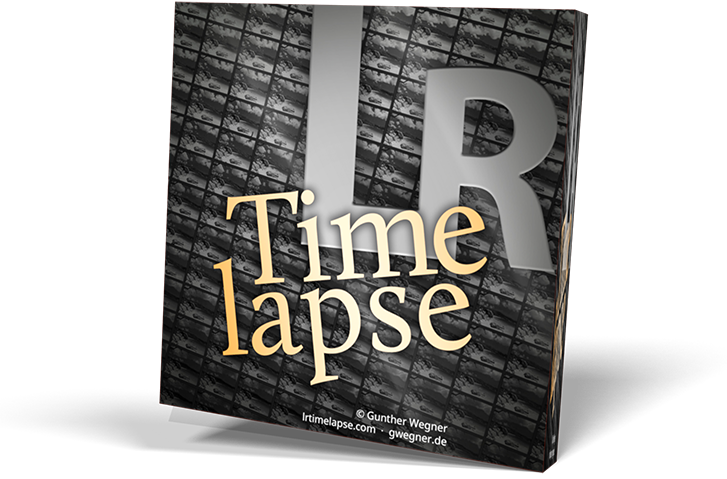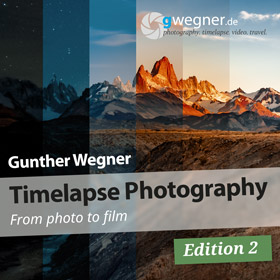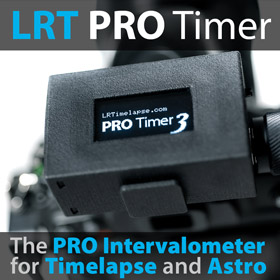Posts: 11
Threads: 4
Joined: Mar 2014
Setup: Nikon D800E with google Nexus7 tablet.
The holy grail for LRTimelapse works great, but there is one problem. I think it might be a Nikon problem but am not sure.
I set up my parameters like this:
Longest Shutter: 15.0"
Max ISO: 6400
Connection Direction: Sunset
Then I set the current exposure and ISO, typically maybe 1/800 and ISO 100.
When I start the Auto Holy Grail, everything goes fine at first. As it gets darker, the exposure time increases until it reaches the longest (15.0") and then the ISO starts to go up. The problem is that around ISO 400 it stops increasing as it gets darker. I can see the histograms moving to the left indicating that the frame is underexposed. Then, after maybe 100 exposures, the ISO starts increasing again. After the next maybe 100 exposures, the ISO catches up to where it should be.
The result is that in LRTimelapse, the exposure curve looks nearly flat at first, then there's a dip followed by an increase, like a "U", and then it's flat again.
Does this make sense? I can correct for this problem in LRTimelapse to some extent, of course, but it would be better if the problem didn't exist.
Any ideas?
Thanks.
The holy grail for LRTimelapse works great, but there is one problem. I think it might be a Nikon problem but am not sure.
I set up my parameters like this:
Longest Shutter: 15.0"
Max ISO: 6400
Connection Direction: Sunset
Then I set the current exposure and ISO, typically maybe 1/800 and ISO 100.
When I start the Auto Holy Grail, everything goes fine at first. As it gets darker, the exposure time increases until it reaches the longest (15.0") and then the ISO starts to go up. The problem is that around ISO 400 it stops increasing as it gets darker. I can see the histograms moving to the left indicating that the frame is underexposed. Then, after maybe 100 exposures, the ISO starts increasing again. After the next maybe 100 exposures, the ISO catches up to where it should be.
The result is that in LRTimelapse, the exposure curve looks nearly flat at first, then there's a dip followed by an increase, like a "U", and then it's flat again.
Does this make sense? I can correct for this problem in LRTimelapse to some extent, of course, but it would be better if the problem didn't exist.
Any ideas?
Thanks.





